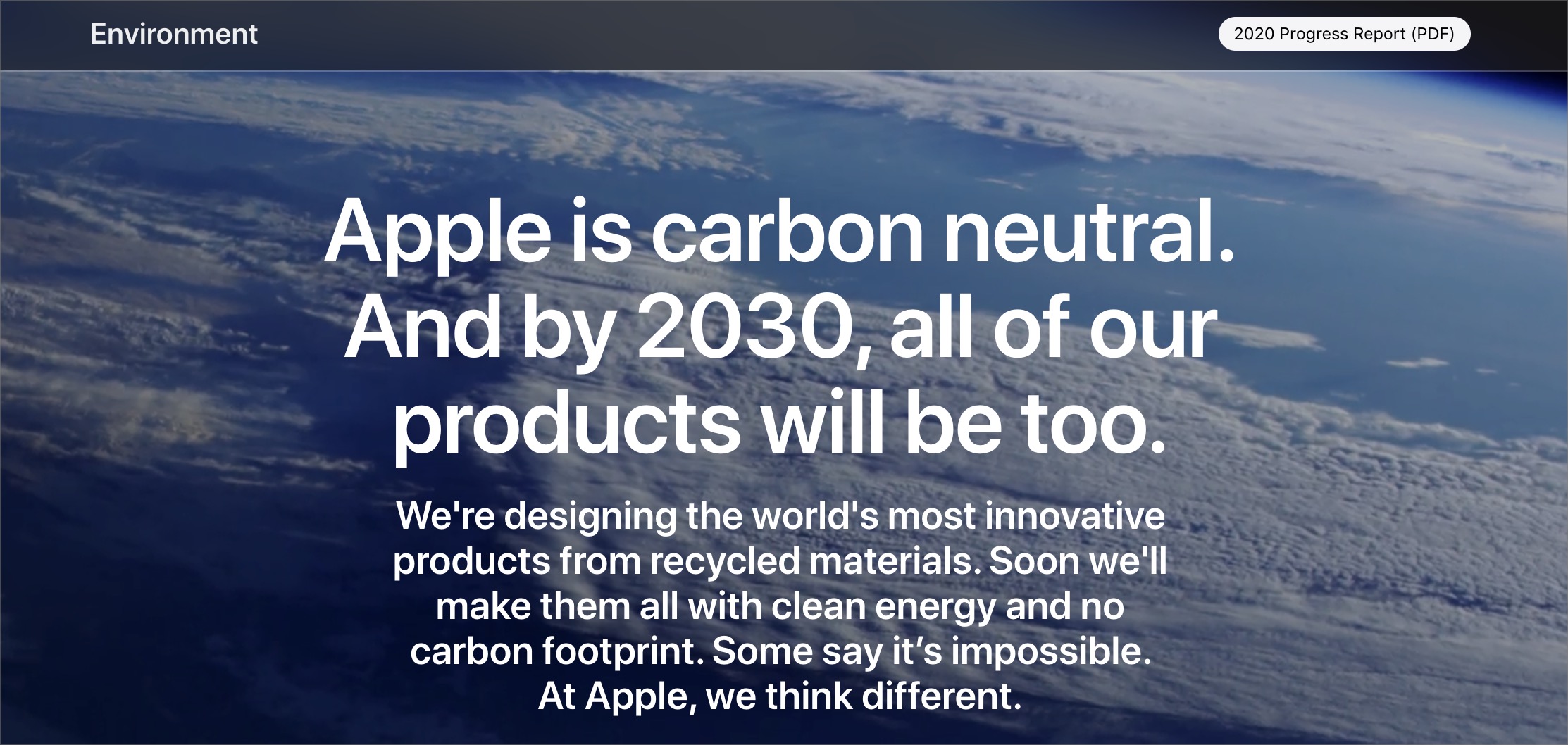

Apple scientists have created a modified version of the SlowFast-LLaVA model that excels beyond larger models in long-form video analysis and comprehension. This breakthrough is crucial in the domain of video large language models (LLMs), which incorporate video perception into pre-existing LLMs to analyze videos and produce responses to user directives.
### The Nerdy Bits
Essentially, when an LLM is trained for video comprehension, it learns to break down videos into frames, employ computer vision to gather visual features, assess transformations over time, and synchronize this data with language to articulate or reason about the video textually. Conventional techniques often evaluate each individual frame, resulting in unnecessary repetition of information, as the majority of frames display minimal changes. This redundancy can burden the LLM’s context window, which is the maximum volume of information it can maintain simultaneously. Once this threshold is surpassed, the model discards older tokens to make room for new ones, potentially impairing performance.
### Apple’s Study
In their article titled “SlowFast-LLaVA-1.5: A Family of Token-Efficient Video Large Language Models for Long-Form Video Understanding,” Apple researchers pinpointed three primary shortcomings of current video LLMs:
1. High dependence on extensive context windows and numerous frames, which is ineffective and tough to scale to smaller models.
2. The requirement for intricate multi-stage training processes that are hard to replicate.
3. Optimization mainly for video-related tasks, constraining their use as general-purpose models that also grasp images.
To address these challenges, Apple enhanced the SlowFast-LLaVA model, which merges spatial and temporal information via a two-stream configuration: a slow stream that scrutinizes fewer frames in greater detail and a fast stream that processes more frames in lesser detail to monitor motion over time. Apple fine-tuned this model using images to bolster general visual reasoning skills and subsequently trained it collectively on both images and videos from publicly available datasets.
The outcome, SlowFast-LLaVA-1.5 (SF-LLaVA-1.5), encompasses models with 1B, 3B, and 7B parameters, surpassing larger models in various video tasks, achieving leading performance on benchmarks such as LongVideoBench and MLVU.
### Limitations
Despite its improvements, SF-LLaVA-1.5 has a maximum input frame length of 128, which means it can only assess a limited count of frames no matter the video’s duration. This limitation may result in overlooking crucial frames in long-form videos and could misrepresent a video’s playback speed. The researchers indicated that while performance may be enhanced by adjusting parameters, this is complicated due to the significant GPU memory demands linked to caching activation values.
Nonetheless, SF-LLaVA-1.5 is recognized as a cutting-edge model trained entirely on public datasets. It is now released as an open-source model on GitHub and Hugging Face, with the full study available on arXiv.
### Conclusion
Apple’s pioneering strategy for video LLMs not only tackles substantial limitations in existing models but also boosts their functionality in understanding both video and image-based tasks. The introduction of SF-LLaVA-1.5 signifies a significant advancement in the artificial intelligence field, particularly in video analysis and interpretation.